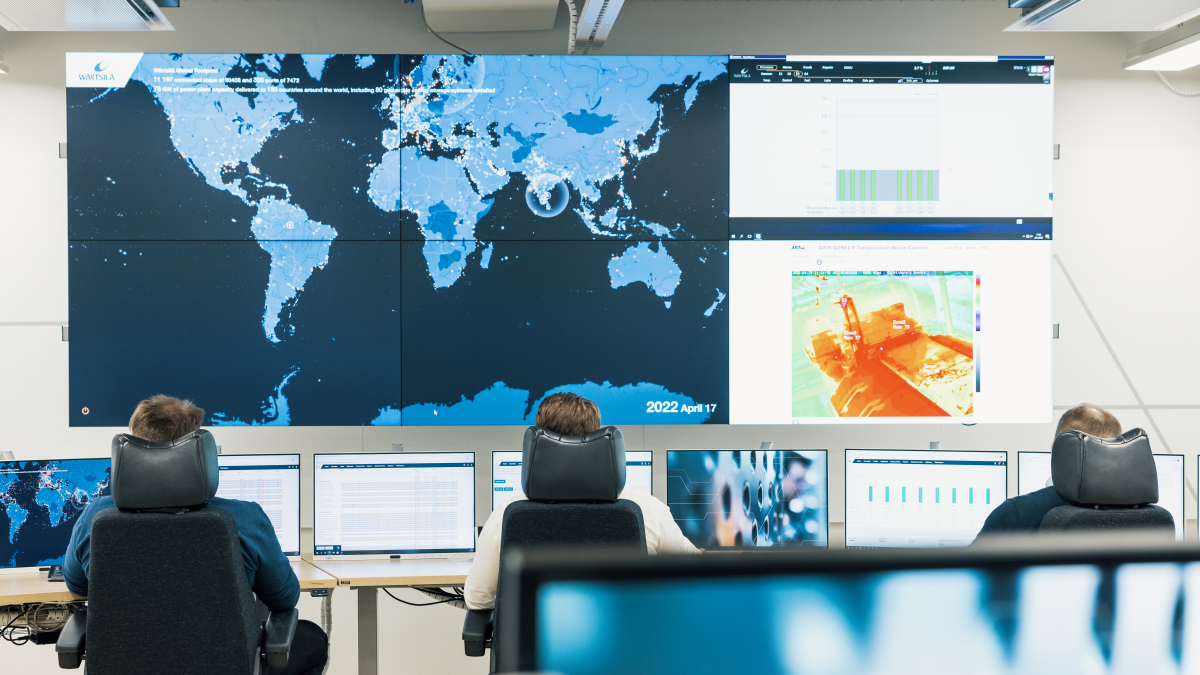Business Sectors
Events
Contents
Vent gas cooler for improved reliquefaction
News that Dorian/Seacor’s LPG carrier newbuildings are to benefit from a novel reliquefaction plant development following a contract signed with Babcock’s LGE Process earlier this year is the latest example from among a number of LPG shipping companies set to benefit from the cost savings offered by the enhancement.
Reliquefaction systems used on gas carriers to transport LPG, ammonia and petrochemical gases have remained unchanged for years. The technology is based on compression refrigeration, using either seawater as the condensing medium in a direct cycle or an intermediate refrigerant in a cascade cycle.
Although there is room for improvement with this existing technology, a viable alternative that is not based on compression refrigeration is unlikely. As a result Babcock LGE has investigated ways in which existing knowledge and proven methods could be applied differently in seeking to improve the reliquefaction process on LPG carriers. Development work has been driven by the ongoing push to identify opportunities for reducing capital and operating costs without compromising efficiency or operability.
The latest plant design enhancement from Babcock LGE Process is called the vent gas cooler (VGC). Patents are pending on the package, which is designed to be installed as part of an existing reliquefaction plant on both fully refrigerated and semi-pressurised/fully refrigerated (semi-ref) LPG carriers.
Babcock LGE points out that the VGC improves overall plant efficiency by providing greater refrigeration capacity yield from the same electric power input. It also increases operational flexibility by enabling additional cargoes to be carried and yields environmental benefits by reducing cargo vapour emissions and losses through venting.
“A key benefit is the improved coefficient of performance (COP) or, in other words, a greater refrigeration capacity for the same electric power and seawater consumption,” explains Babcock LGE Process general manager Andrew Scott. “This is achieved by introducing an exchange of heat between compression stages in addition to the traditional exchange between the first and second stages of the compression cycle. This yields a COP increase of typically 8-12 per cent.
“The greatest efficiency increase is achieved when the VGC is incorporated in a reliquefaction system with a three-stage compression system on VLGCs, such as those being built for Dorian/Seacor. For such vessels, installing the VGC between the second and third stages can achieve increases of 10-15 per cent in the plant COP.”
The increased capacity that the VGC concept makes available allows four compressor systems to be replaced by three slightly larger ones. By contrast, simply reducing the number of compressors from four to three would result in a system with insufficient capacity to meet the minimum requirements for redundancy and segregation. This is because the base load, or heat ingress from the surroundings to the cargo, exceeds the capacity of a single compressor.
Dorian/Seacor’s new fully refrigerated 84,000m3 VLGCs being built at the Hyundai Heavy Industries (HHI) shipyard in South Korea will benefit from the VGC technology by enabling a three-compressor solution in place of the conventional four. Benefits accrue in the form of increased capacity and performance, reduced power consumption and a lower overall build cost.
The benefits to be derived from the VGC development are not limited to plants based on a three-stage compression system. As Mr Scott points out, “Advantages can also be gained from the VGC enhancement on ships with two-stage compression systems through the ability to extend the range of cargoes that can be carried.”
In the case of commercial propane, for example, a typical two-stage compressor would normally be certified to carry propane up to an ethane content of around 2.5-3 mole per cent. Propane with a higher ethane content, of typically 5 per cent, would traditionally necessitate three-stage compressors. Despite the significantly higher cost and power demand of such compressors, their potential would not be fully utilised for most of their operating lives.
Above 3 mole per cent concentration there is a significant loss in capacity as the ethane which cannot be condensed is vented back into the cargo tanks. Although venting to atmosphere effectively increases the refrigeration capacity, it is a costly approach to dealing with that part of the cargo vapour not condensed.
The addition of a VGC to a two-stage compressor, on the other hand, provides a more cost-effective solution. Through an ability to handle commercial propane cargoes with 5.0 mole per cent or more with only a slight loss in capacity, the technology increases the system’s overall capability for lower capital and operating expenditure. Two new 35,000m3 fully refrigerated ships and two new 22,600m3 semi-ref ships currently being built, for example, will enjoy these benefits, as the VGC solution will enable their two-stage compressors to handle high ethane content commercial propane cargoes.
“The use of the VGC also helps reduce the amount of cargo eventually lost in venting to the atmosphere,” adds Andrew Scott. “These benefits are equally applicable to ethylene, a cargo for which minimising losses due to venting during grade change operations is challenging. An enhanced version of the VGC developed for ethylene carriers can give impressive results.”
Another advantage of the VGC technology is that it enables the reliquefaction plant to handle higher than normally tolerable levels of both non-condensed components, such as ethane in commercial propane, and incondensables such as nitrogen. Incondensable components of the cargo can reduce the effective capacity of a reliquefaction plant, increase discharge temperatures and boost the likelihood of compressors tripping. The traditional approach to removing incondensables, by venting, results in a loss of a certain amount of cargo to atmosphere. By improving the handling of incondensables, the VGC reduces cargo loss.
Babcock LGE Process reports that VGC installations are not limited to newbuilds and can be easily carried out as a retrofit project on existing LPG carriers. Lifecycle cost savings are achieved in a number of ways. One is the reduced fuel consumption in providing electric power to drive the reliquefaction compressors. Another is that the increased refrigeration capacity for the same loads results in shorter operating periods. This has the effect of reducing the maintenance requirements for rotating machinery with greater intervals between overhauls.
In addition incorporating a VGC in the case of three-stage compressor systems can reduce loading time due to the extra capacity gained for a given compressor size. This, in turn, can help to reduce time in port. LPG
Related to this Story
Women in Maritime Today: Elin Saltkjel says no day working in maritime is dull
Events
Maritime Environmental Protection Webinar Week
Cyber & Vessel Security Webinar Week
The illusion of safety: what we're getting wrong about crews, tech, and fatigue
Responsible Ship Recycling Forum 2025
© 2024 Riviera Maritime Media Ltd.













